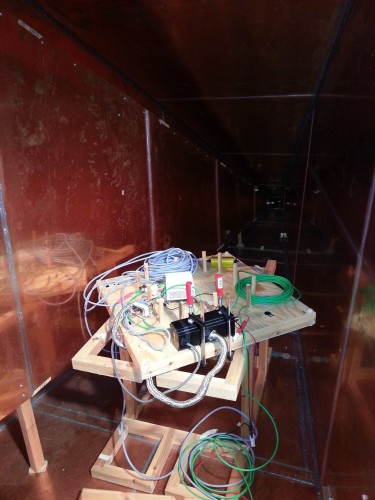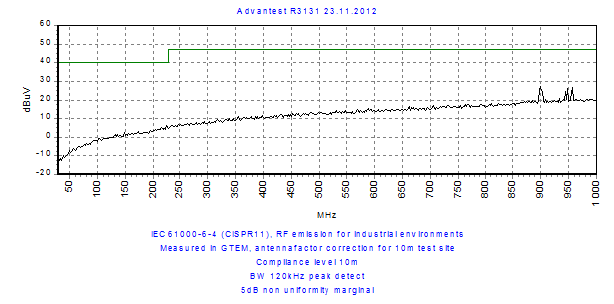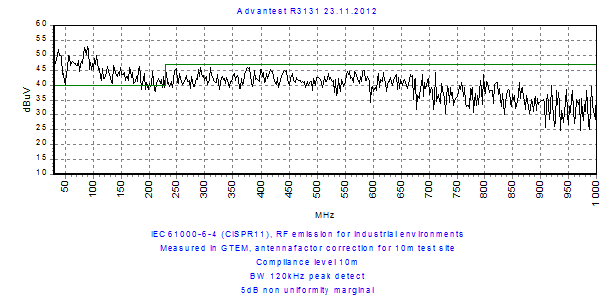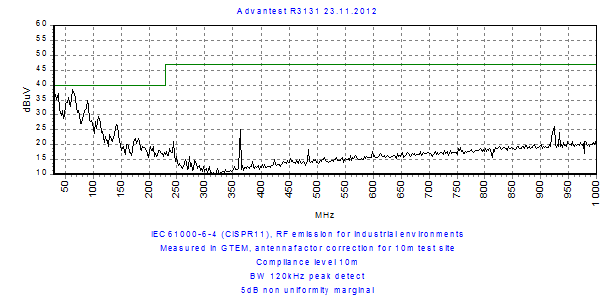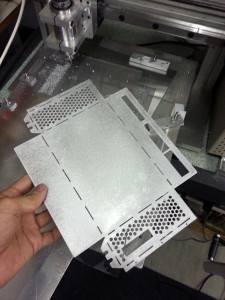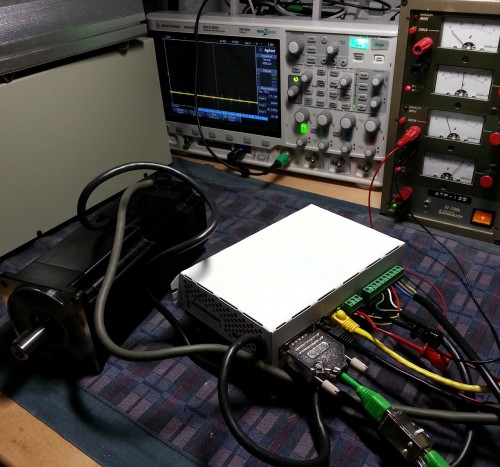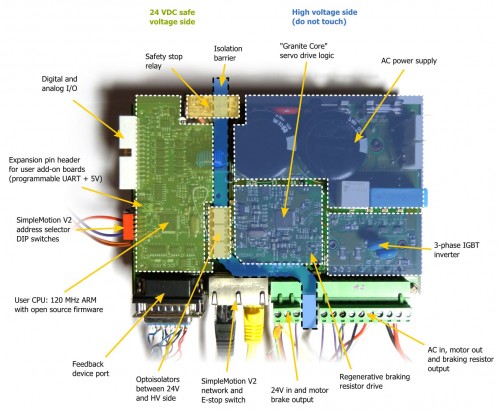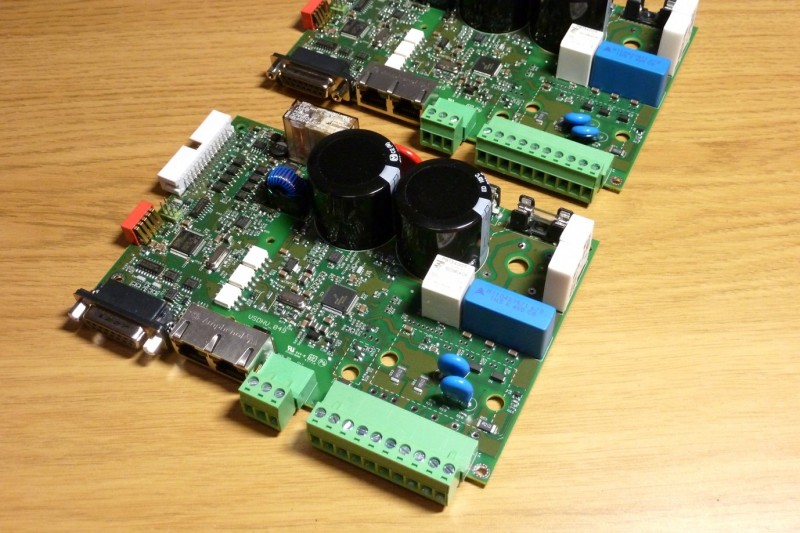Bootloader (a.k.a. IAP = in application programmer or DFU = device firmware upgrader) is a piece of software in microcontroller to make programming of a new firmware inside the device possible without accessing the chip physically with a programming tool. In Argon’s case firmware upgrade will be possible through the SimpleMotion port and Granity software.
I have spent couple of last days finalizing the bootloader of Argon. Even though the amount of code is small, it must be written with extreme caution because a bootloader bug could lead to bricked device that need to be re-programmed in the factory, or worse, induce permanent damage to hardware. Bootloader is also the part of software that cannot be upgraded by the end user, so we have no change to fix the possible bootloader mistakes remotely after devices are shipped.
In our goals, bootloader must be robust enough to make it impossible to brick the device. This includes the cases where incorrect or corrupted firmware is being sent, or power is being cut in the middle of the firmware upgrade process. Bootloader should be also tolerant for some hardware errors, such as broken crystal oscillator.


